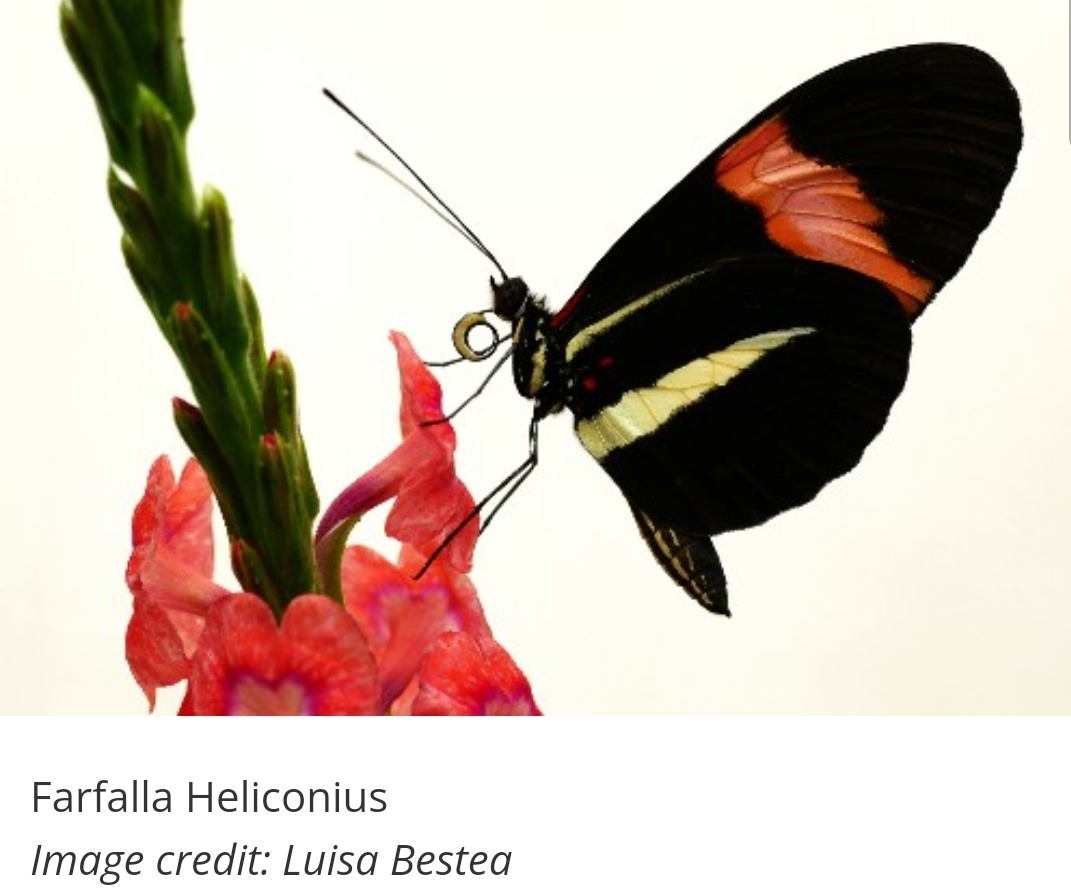<< ️Criticality describes a regime between order and chaos that supports flexible yet stable information processing. Here (AA) examine whether neural dynamics can be volitionally shifted toward criticality through the self-regulation of attention. >>
<< (They) examined ten experienced practitioners of meditation during a 10-day retreat, comparing refined states of meditative absorption, called the jhanas, to regular mindfulness of breathing. (They) collected electroencephalography (EEG) and physiological data during these practices and quantified the signal's dynamical properties using Lempel-Ziv complexity, signal entropy, chaoticity and long-range temporal correlations. In addition, (They) estimated perturbational sensitivity using a global auditory oddball mismatch negativity (MMN) during meditation. >>
<< ️Relative to mindfulness, jhana was associated with pronounced self-reported sensory fading, slower respiration, higher neural signal diversity across multiple measures, reduced chaoticity, and enhanced MMN amplitude over frontocentral sites. Spectral analyses showed a flatter aperiodic one over f component and a frequency-specific reorganization of long-range temporal correlations. Together, increased diversity with reduced chaoticity and heightened deviance detection indicate a shift toward a metastable, near-critical regime during jhana. >>
<< ️(AA) propose an overlap of the phenomenology of jhana with minimal phenomenal experiences in terms of progressive attenuation of sensory content with preserved tonic alertness. Accordingly, (Their) findings suggest that criticality is a candidate neurophysiological marker of the absorptive, minimal-content dimension of the minimal phenomenal experience. >>
Jonas Mago, Joshua Brahinsky, Mark Miller, et al. Meditative absorption shifts brain dynamics toward criticality. arXiv: 2511.20990v1 [q-bio.NC]. Nov 26, 2025.
Also: brain, Zen, transition, in https://www.inkgmr.net/kwrds.html
Keywords: gst, brain, Zen, criticality, transitions, meditation, meditative absorption, jhanas, breathing mindfulness.







